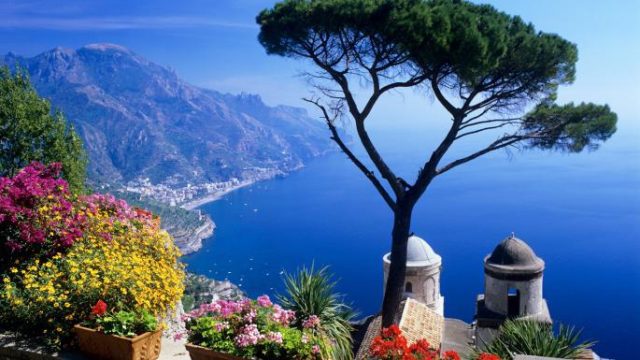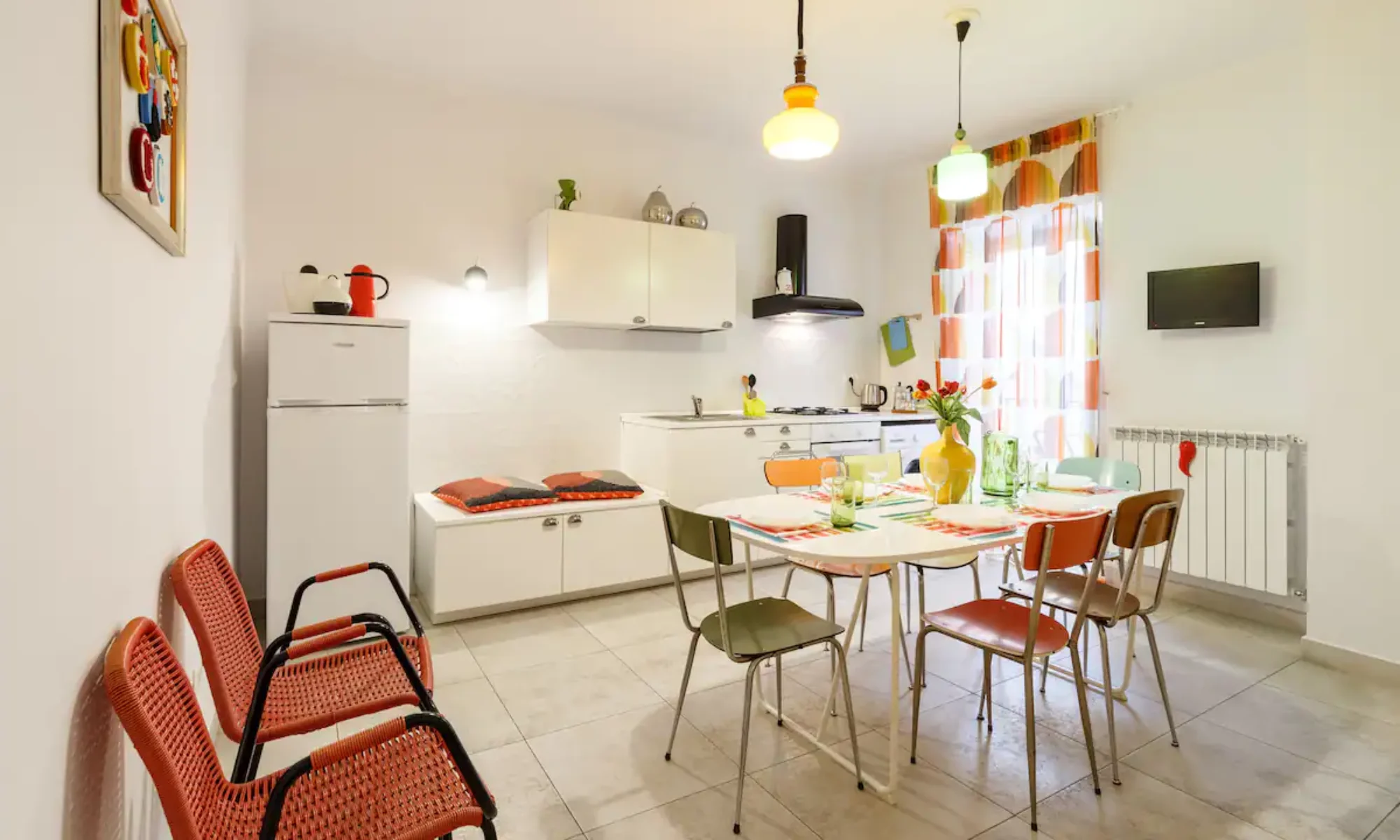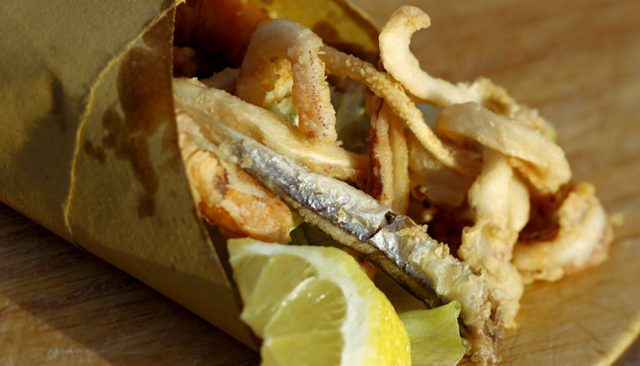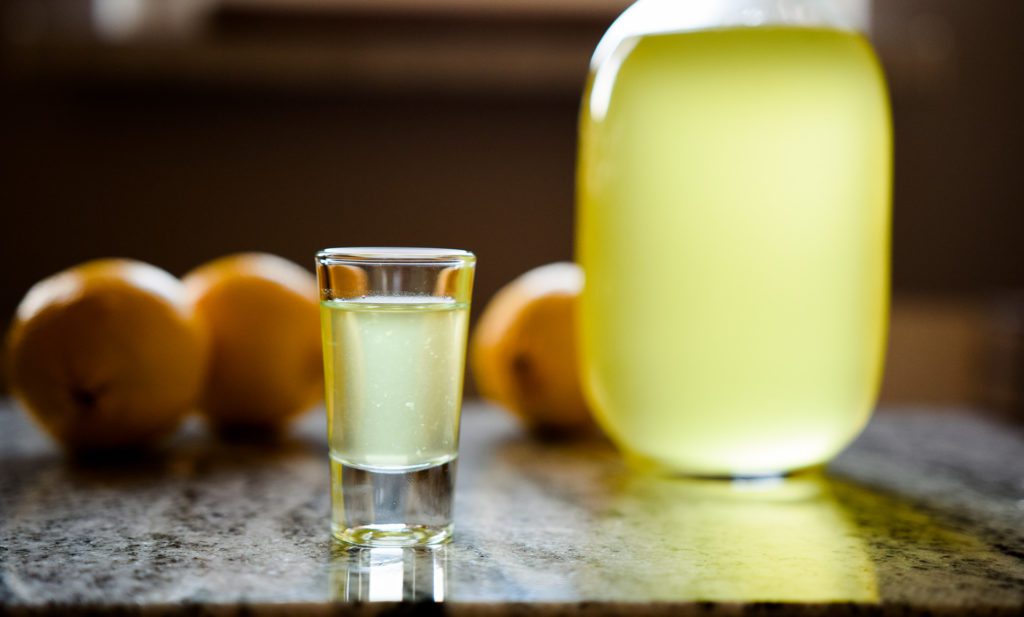Drive the road of 1,000 bends, from Sorrento to Amalfi is one of the most magnificent coastal drives in the world.
SORRENTO
Facing north over the Bay of Naples, Sorrento is situated towards the end of the mountainous Sorrentine peninsula, over the hills from the famous resorts of the Amalfi Coast. In mythology, this area is often identified as the land of the sirens, beautiful maidens of the sea whose song lured mariners to their doom. Sorrento is built on a historic site settled from prehistoric times onwards; there was a Greek town here, and then the Roman town of Sorrentum. A few relics of these times can be seen in the town museum. This was an obvious site to build a settlement; surrounded by low cliffs on one side and ravines on the other, it had a natural ring of defences, as well as access by sea and a fertile hinterland. Nowadays parts of the ravine are filled in – a bridge and town gate were demolished to make way for the modern town’s heart, Piazza Tasso. But even without these physical defences, Sorrento has managed to keep its historic town centre reasonably intact. Although many properties are now converted to tourist businesses, the mellow old buildings still help create the delightful authentic atmosphere which gives Sorrento a big advantage over modern beach resorts.
Sorrento and its sister towns, Sant’Agnello, Piano di Sorrento and Meta di Sorrento now spread all the way along the large plateau that was once primarily agricultural. The towns are all separated from the sea by low cliffs, and there are hardly any beaches – one of the most important things to realise for travellers planning a summer holiday. Sea access is mostly from wooden boardwalks built out over the water, although there are a few scraps of sandy beach along the coast, and enterprising visitors can find attractive coves and pebble beaches around the peninsula.

POSITANO
Positano is a stage set of a town, its cluster of cubed, multi-hued buildings tumbling down the mountainside and closing around the grey shingle beach around which life revolves in the summer months. Once one of Italy’s most exclusive resorts, it has been thoroughly discovered by mass-tourism, but if you stay overnight, or come out of season, it’s still possible to get an elusive whiff of la dolce vita.
Insider’s tip: The only level street is the beachside walk. Anywhere else you need to go means negotiating lots of steep steps, so comfortable shoes are a must. Also, to get the best of the astonishing views, start in Positano and drive the cornice from west to east.

RAVELLO
Ravello, set like an eagle’s nest above the dizzying landscape of Italy’s Amalfi coast, is the most peaceful and charming resort on the Neapolitan Riviera. Early summer is the best time to explore its largely traffic-free lanes or to wander among the terraces and pergolas of its elegant gardens, from where there are vertigo-inducing glimpses of the Mediterranean miles below.
Greta Garbo, Jacqueline Kennedy and Tennessee Williams all holidayed here, and the place still has an air of restrained glamour (though neighbouring Amalfi has more in the way of beach and nightlife).

AMALFI
The busiest town on the Costiera, famous for paper-making and lemons, Amalfi was once a glorious Maritime Republic. Although unbearably crowded in high season it is a very pretty little resort wedged between the sea and the mountains and fringed by lemon terraces. At its heart is Piazza del Duomo, an open-air salon crowded with café tables and tourists and dominated by the striped façade of the Norman-Arab style cathedral a top a flight of steep steps.
Since the 13th century, Amalfi has been known for its papermaking. It’s natural setting, wedged into a deep gorge rich with gushing streams that opens into the sea, provided the perfect conditions for the craft to flourish. In the late 18th century, there were 16 paper mills in the area; today there are just two. The small but fascinating Museo della Carta (housed in a 15th-century mill) documents the history of paper-making in Amalfi.












